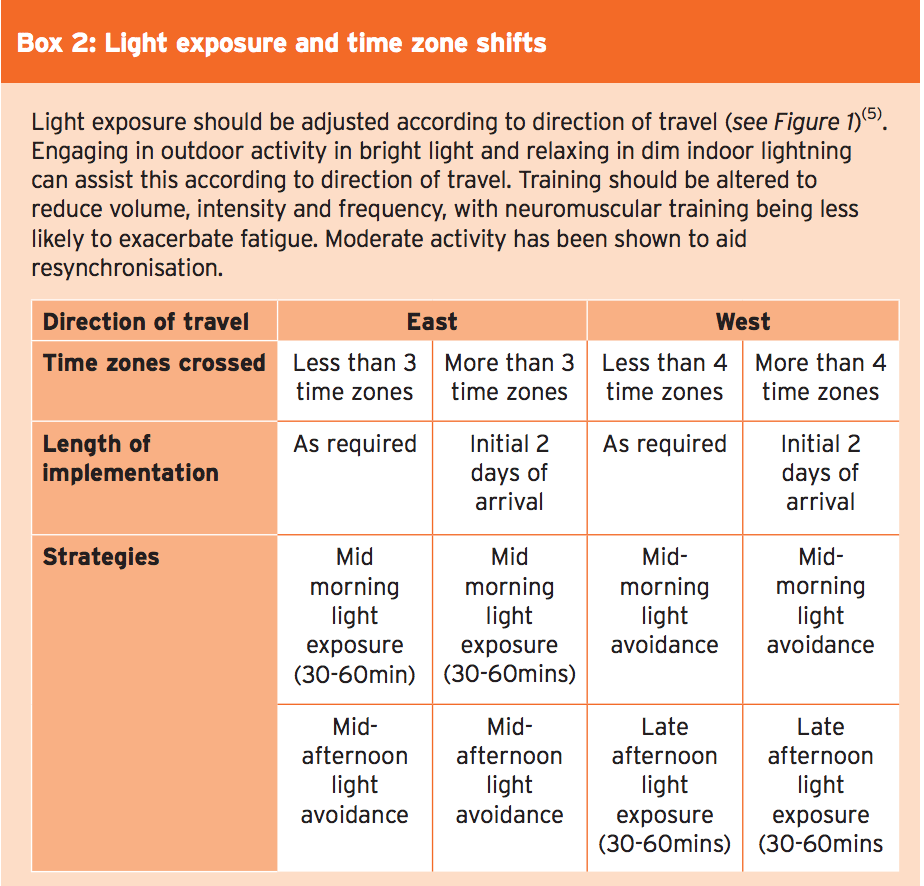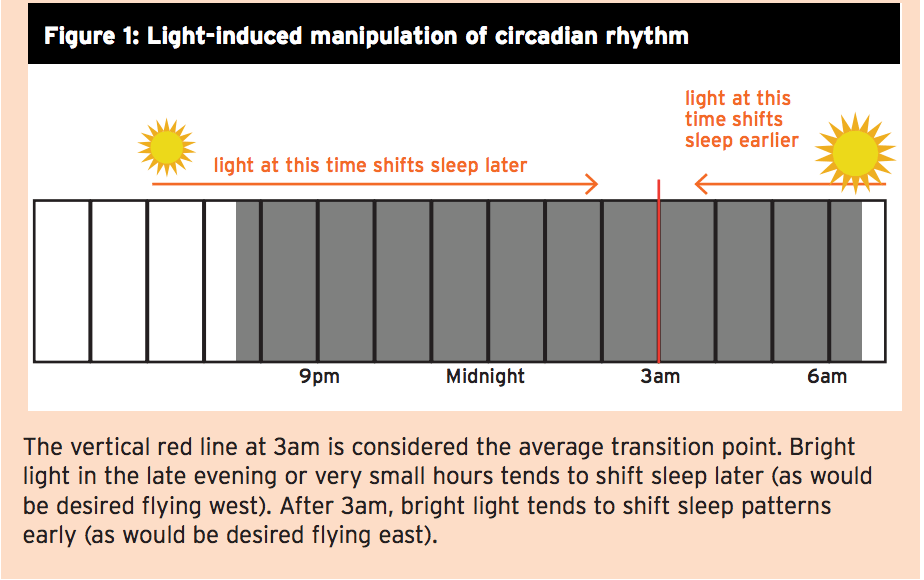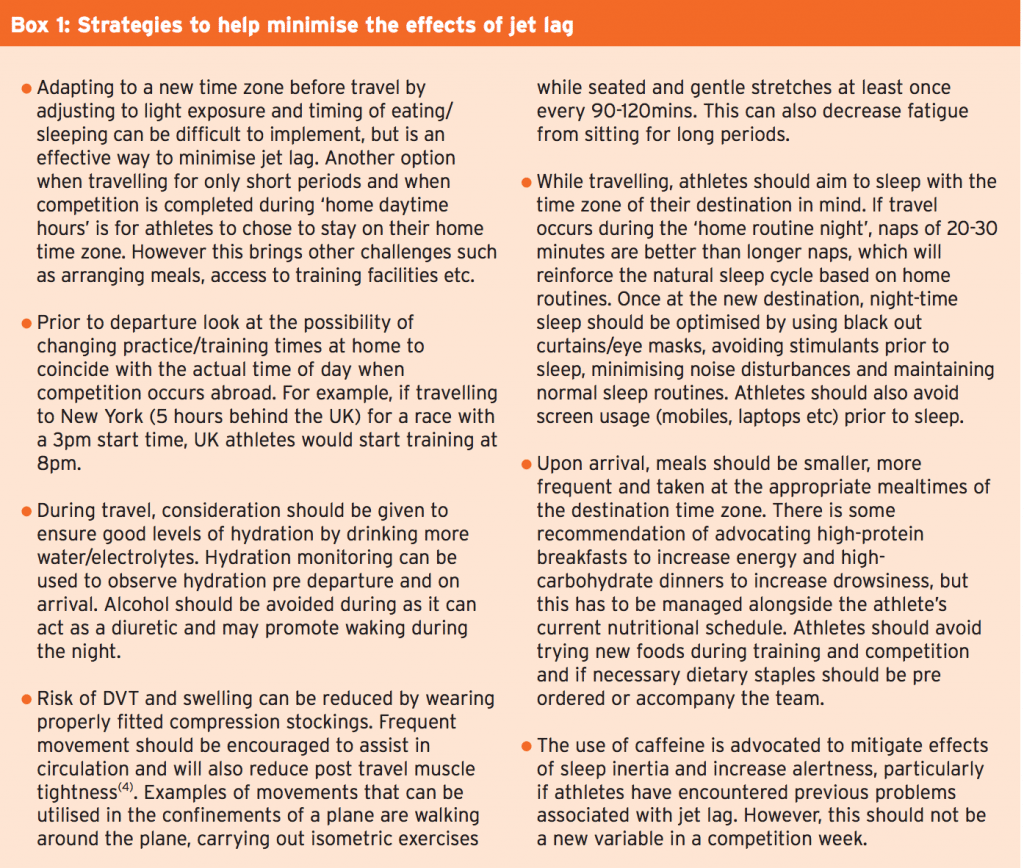Doctor of Chiropractic, Dr. Alex Jimenez provides insights into the challenges and requirements of traveling with a high-performance team, and provides practical strategies to maximize performance outcomes.
There are many demands, challenges and amazing opportunities that come as a traveling chiropractors, whether you are heading to the Olympics or traveling with a youth team on what could be their first trip away from home. For a number of years I was one of the most travelled chiropractors in the English Institute of Sport, spending 5-6 months of the year on the road, culminating in the Sochi Winter Olympics. Having also travelled with local league hockey, national U18s athletes, invitational rugby teams and supported nations at multi games events, I have developed a number of practical strategies and practices, which I would like to share with you in this article.
Table of Contents
Preparation
Planning prior to a tour is vital – whether you are traveling with a team of athletes you have known for years or whether it’s your first trip away with them. In particular, it’s useful to have athletes complete a pre-tour screening form (or even better a face-to-face introduction). Details such as allergies, medications and next of kin are vital as it’s often the chiropractor who is first on the scene of an injury, and who accompanies athletes to the hospital should that be required.
It’s also important to have a clear understanding of each athlete’s current and past medical and injury history, initiating contact with the athlete’s regular chiropractors if appropriate. Athletes and staff should be up to date with their vaccinations (Ed – see issue 162 for a full discussion on this topic) and the medical team should arrange any required vaccinations for travel. All athletes should have adequate amounts of any prescription medications they take, along with relevant TUEs (Therapeutic Use Exemption forms).
If you aren’t traveling with a team doctor then you should make sure the team doctor or respected clinician is contact able and aware of upcoming travel. Regular contact is advised to discuss any concerns, and also gives you the opportunity to discuss clinical reasoning away from the often stressful and impulsive touring environment. This is particularly useful for an infectious ‘illness outbreak’ which is frequently seen on tour; post travel, or when trying new foods. Obviously ,having a clear hand-hygiene regime from pre travel helps minimize this but it is always useful to have an isolation plan if needed (for athletes and staff!). Another must in your travel bag should be sterilizing tablets, as water bottles can go a while without seeing a dishwasher!
Packing becomes easier the more you travel with the same team, but preparing kit bags and knowing how many roles of tape and acupuncture needles are needed can still be daunting. Try and get a plan for the week ahead from the coach so you know how many training/competition days there are and ascertain from each athlete their ‘normal’ usage, which will give you a baseline.
If you are traveling to places with good equipment supplies it can be worth pre ordering tape etc or hiring beds to minimize excess baggage. Depending on the size of the team it may also be the chiropractor’s responsibility to organize and carry rehab equipment, hydration supplies and additional nutrition. Always ensure this is planned with the team nutritionist and strength and conditioning coach beforehand.
Travel
Travel is a big challenge in sports whether it be long drives, flights or fighting jet lag. It is crucial therefore to work with the rest of the team officials to ensure this is managed effectively in order to minimise disruption to performance. Jet lag is a disorganization of the circadian rhythm and mismatch between the body clock and environment you’re in( 1 ). In the athlete-specific population, symptoms include decreased reaction times and reduced grip, back, arm and leg strength as well as decrements in sprint times.
Jet let is experienced following rapid travel across time zones and usually persists for one day each time zone travelled. This is in contrast to general travel fatigue, which is caused by prolonged travel across one time zone and which can accumulate over a season(2). Adjustments tend to take longer following eastward travel; this is thought to be due to the body clock adjusting more easily to lengthening of the day than shortening(3). Symptoms can include fatigue, sleep disruption, decreased concentration and motivation, gastrointestinal distress, decreased appetites and headaches. Box 1 provides a number of tips and behavioral strategies for avoiding jet lag, while Box 2 shows how bright light exposure can be manipulated to help athletes overcome jet lag more rapidly.
During The Tour
For each location on tour, you should prepare a file with key information which is gathered prior to or on arrival. Useful information to collate includes:
- Assigned doctor (including contact details)
- Local doctor Nearest hospital
- Emergency numbers
- Evacuation process
- Medical supplies available at ground/ track etc (including location)
If possible, have a trial evacuation at each new venue to familiarise yourself and staff with the processes, as well as identifying obstacles. I once had to remove a player from the field after suffering a broken leg; the transition to stretcher/buggy went well and there was an ambulance on standby. However nobody could locate the key to the gate between the player and ambulance. A more thorough recce of this would have reduced the time in getting the player to the ambulance. If you are on a regular touring circuit,it’s always advantageous to have a good working relationship with your fellow medical staff. You never know when you may need to borrow that role of tape or need an additional pair of hands in a critical situation!
At the start of a tour, I would recommend outlining processes and expectations for chiropractic and massage – whether it be sign up sheets, routine time slots or via messaging apps. Chiropractic therapy is usually carried out in a separate hotel room/ rehab area or physiotherapist’s room. Regardless, this space needs to maintain athlete privacy and allow for confidential and personal conversations to be had. It’s always a good idea to liaise with team managers and coaches to ensure treatment fits in with other scheduling for the day. With these clear plans, athletes can plan their day (as can the physiotherapist) and it will hopefully avoid ad-hoc knocks on your door. Chiropractic therapy should be scheduled around the athlete’s independent recovery, although it is often the role of the chiropractor to supervise this. Experienced athletes usually have routines in place but education may be needed for more junior athletes.

Time Management
As a chiropractor, there are only a limited number of hours in a day. Athletes therefore need to be prioritized if you are dealing with a big squad. Monitoring systems should be used to aid prioritization, with self-report questionnaires and neuromuscular testing being useful tools(6). Other monitoring can include; amount and quality of sleep, rate of perceived exertion scoring (RPE), pain scores, fatigue levels, load monitoring, weight and hydration levels.
Objective measures such as vertical jump testing, range of motion and strength measures may also be useful adjuncts to monitor athlete health while away. Many teams plan to send any athletes with longer term injuries home for rehab. Return-to- performance protocols, using baseline markers to aid decisions on returning, are a useful adjunct in return from injury. This ensures processes are transparent for athletes and the high performance team, and avoids rash decisions regarding fitness. Match/competition days can be stressful; keeping processes in place and communication pathways clear can decrease unnecessary stress. Routines should be kept the same where possible, with physiotherapy access and the athlete’s well being remaining the priority. However, chiropractors are often called upon to do last-tasks such as to help athlete With this in mind, chiropractors should remain flexible to aid in other critical race day roles when required and if available. Following travel with teams, chiropractors (along with the rest of the traveling team) should seek feedback and reflect on the successes and challenges encountered. This is in order to be more prepared and provide.

Summary
Travel is an exciting yet challenging part of being a physiotherapist in sport. It pushes your professional and communication skills and logistical planning to another level. To summarize, the key components of working well within a team while traveling are:
- Thorough preparation and clear communication within the team. Having knowledge of your environment, and planning individualized strategies to minimize the detrimental effects of travel.
- Incorporating daily monitoring to identify and minimize injury and illness risk.
- Having clear processes in place while allowing for flexibility.
References
- Sleep Medicine Review 2009. 13, 249-56
- Sports Health 2012. 4(3), 211-216
- Clinical Sports Medicine 2005. 24: 367-380
- International Emergency Medicine 2011. 6, 113-6
- Clinical Journal Sports Medicine 2012. 22(3) 268-273
- Journal of Australian Strength and Conditioning 2012. 20(1) 12-23
Post Disclaimer
Professional Scope of Practice *
The information on this blog site is not intended to replace a one-on-one relationship with a qualified healthcare professional or licensed physician and is not medical advice. We encourage you to make healthcare decisions based on your research and partnership with a qualified healthcare professional.
Blog Information & Scope Discussions
Welcome to El Paso's Premier Wellness and Injury Care Clinic & Wellness Blog, where Dr. Alex Jimenez, DC, FNP-C, a board-certified Family Practice Nurse Practitioner (FNP-BC) and Chiropractor (DC), presents insights on how our team is dedicated to holistic healing and personalized care. Our practice aligns with evidence-based treatment protocols inspired by integrative medicine principles, similar to those found on this site and our family practice-based chiromed.com site, focusing on restoring health naturally for patients of all ages.
Our areas of chiropractic practice include Wellness & Nutrition, Chronic Pain, Personal Injury, Auto Accident Care, Work Injuries, Back Injury, Low Back Pain, Neck Pain, Migraine Headaches, Sports Injuries, Severe Sciatica, Scoliosis, Complex Herniated Discs, Fibromyalgia, Chronic Pain, Complex Injuries, Stress Management, Functional Medicine Treatments, and in-scope care protocols.
Our information scope is limited to chiropractic, musculoskeletal, physical medicine, wellness, contributing etiological viscerosomatic disturbances within clinical presentations, associated somato-visceral reflex clinical dynamics, subluxation complexes, sensitive health issues, and functional medicine articles, topics, and discussions.
We provide and present clinical collaboration with specialists from various disciplines. Each specialist is governed by their professional scope of practice and their jurisdiction of licensure. We use functional health & wellness protocols to treat and support care for the injuries or disorders of the musculoskeletal system.
Our videos, posts, topics, subjects, and insights cover clinical matters and issues that relate to and directly or indirectly support our clinical scope of practice.*
Our office has made a reasonable effort to provide supportive citations and has identified relevant research studies that support our posts. We provide copies of supporting research studies available to regulatory boards and the public upon request.
We understand that we cover matters that require an additional explanation of how they may assist in a particular care plan or treatment protocol; therefore, to discuss the subject matter above further, please feel free to ask Dr. Alex Jimenez, DC, APRN, FNP-BC, or contact us at 915-850-0900.
We are here to help you and your family.
Blessings
Dr. Alex Jimenez DC, MSACP, APRN, FNP-BC*, CCST, IFMCP, CFMP, ATN
email: coach@elpasofunctionalmedicine.com
Licensed as a Doctor of Chiropractic (DC) in Texas & New Mexico*
Texas DC License # TX5807
New Mexico DC License # NM-DC2182
Licensed as a Registered Nurse (RN*) in Texas & Multistate
Texas RN License # 1191402
ANCC FNP-BC: Board Certified Nurse Practitioner*
Compact Status: Multi-State License: Authorized to Practice in 40 States*
Graduate with Honors: ICHS: MSN-FNP (Family Nurse Practitioner Program)
Degree Granted. Master's in Family Practice MSN Diploma (Cum Laude)
Dr. Alex Jimenez, DC, APRN, FNP-BC*, CFMP, IFMCP, ATN, CCST
My Digital Business Card



